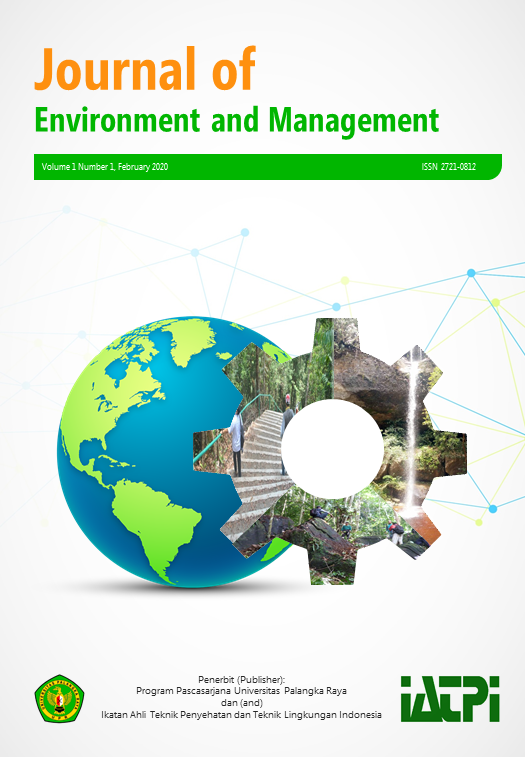Analisis Kapasitas Fiskal dan Pengeluaran Pemerintah terhadap Pertumbuhan Ekonomi dan Kesejahteraan Masyarakat Provinsi Kalimantan Tengah
DOI:
https://doi.org/10.37304/jem.v1i1.1204Keywords:
Fiscal capacity, government expenditure, economic growth, human development index, Central KalimantanAbstract
Decentralization of the government that passed since 2004 provides an opportunity to improve the welfare of the community if financial management is carried out effectively. Unfortunately, some regions failed to take advantage of this opportunity. This study aims at analyzing the effect of fiscal capacity and government spending on economic growth and social welfare in Central Kalimantan Province. Path analysis and multiple regression tests using IBM SPSS Version 25.0 are used to analyze government capital expenditure and economic growth in 2007-2017. The results show that fiscal capacity and government spending have a significant direct effect on economic growth. Fiscal capacity and government expenditure do not have a significant direct effect on economic growth, while economic growth has a significant direct effect on economic growth. Meanwhile, fiscal capacity and government spending have a significant indirect effect on the welfare of the community through economic growth in the province of Central Kalimantan in the 2010-2017 period. In addition, efforts to increase sources of the regional revenue, mainly local revenue, are needed to increase regional financial independence in the implementation of regional autonomy and to enhance economic growth.






